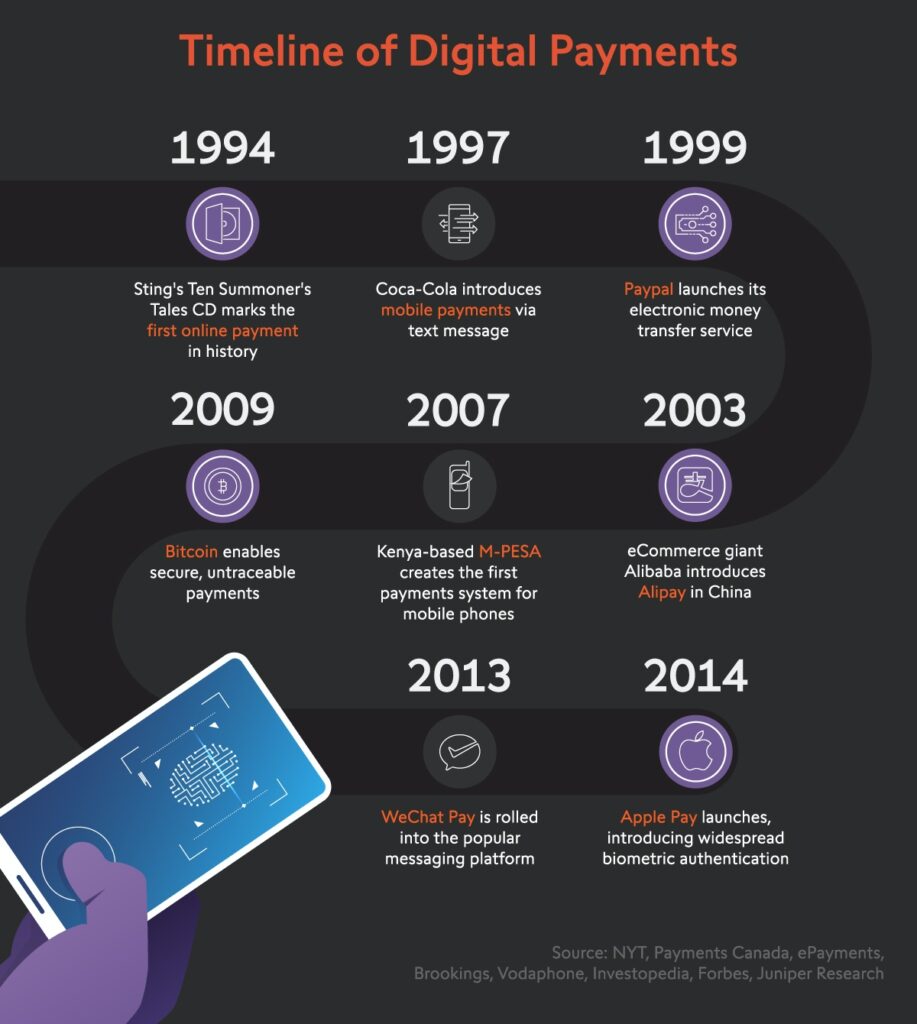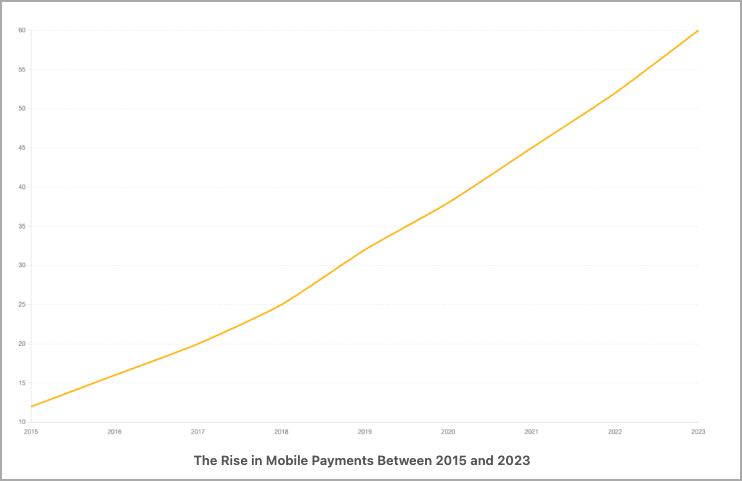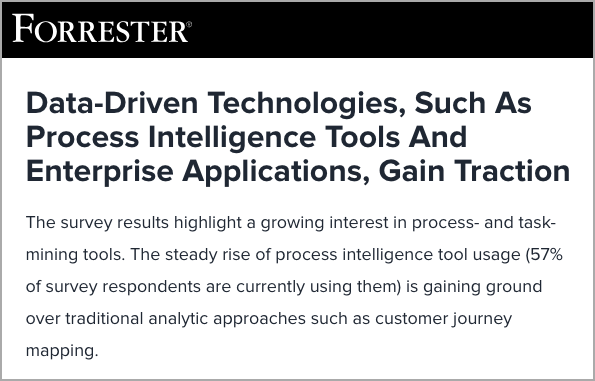Your eCommerce business is booming, your company is growing –but why isn’t the money rolling in as fast as you anticipated? It’s possible that you have outgrown your eCommerce platform, and it may be time to examine whether your current ecommerce solution is meeting your current business needs.
Here are seven signs your business needs have surpassed your current ecommerce platform capabilities.
1. Your Current Platform Is Missing Features You Need
The larger your business grows, the higher your customer expectations are. It’s important that your eCommerce platform offers all the features and functions you need to please your customers. Mobile payments, for example, have risen precipitously in popularity since 2015.
If your current ecommerce platform doesn’t take mobile payments, or makes mobile payments difficult and complex, the platform might not be right for your growing business. Ensure that any store-front features (customer-facing) are simple to use, and optimize your platform admin features to be more automatic, customized, and scalable as needed.
2. Too Many Manual Processes Are Depleting Time and Resources
Manual tasks are time-consuming and unproductive. For instance, having platform administrators manage spreadsheets, perform manual analytics, or input customer information detracts from time that could be better spent optimizing and future-proofing your business processes.
Over 40% of workers surveyed in a report by McKinsey Global Institute, spend at least a quarter of their work week on manual, repetitive tasks, with email, data collection, and data entry occupying the most time.

A well-integrated eCommerce platform can significantly mitigate these inefficiencies by automating simple tasks such as data feeds, reporting, and shipping. For example, businesses that implement automation technologies can expect to see a 10-15% increase in productivity. In terms of actual savings, intelligent automation has been proven to cut business process costs by anywhere from 25% to 40% on average.
Implementing an automated eCommerce platform also enhances customer satisfaction. Automated order processing improves customer satisfaction by reducing delays and errors associated with manual processing. It minimizes manual entry and order errors, making sure data is extracted with 100% accuracy.
Automating order processing and shipping, businesses can reduce order cycle times by up to 60%, ensuring quicker delivery and higher customer satisfaction, according to a Forrester report. This efficiency not only boosts customer loyalty but also drives repeat purchases and increases overall revenue.
3. Your Platform Doesn’t Offer You Enough User Control
Many companies find that their eCommerce platform doesn’t allow them enough control over their servers and APIs. This lack of control can significantly slow down communication and business processes, severely impacting your ability to innovate and stay competitive.
For instance, being able to customize and integrate new features rapidly is essential. Your platform should be adaptable and ready to take advantage of new digital payment trends, which are pivotal in dictating market direction. Staying updated with these trends is crucial for businesses aiming to maintain a cutting-edge position in the industry.

Moreover, customization extends beyond payment processing. It encompasses everything from user experience enhancements to back-end optimizations. If your platform is rigid, making necessary updates to improve site speed, incorporate SEO best practices, or integrate third-party services can become a daunting task. This rigidity not only hampers your growth but also affects your overall customer satisfaction.
For example, integrating new marketing tools or analytics software can be a game-changer for understanding customer behavior and optimizing sales strategies. However, if your current platform doesn’t support these integrations seamlessly, you might be missing out on valuable insights and revenue opportunities. According to a study by Forrester, businesses that leverage advanced data analytics see a 10% increase in customer retention and a 20% increase in profitability.
Furthermore, an inflexible platform can make it difficult to implement crucial SEO strategies. Ensuring your site is optimized for search engines is vital for driving organic traffic. If you find yourself struggling to add new and vital elements to your platform, it might be time to seek a more powerful solution that offers the flexibility and control you need.
The Need for a Powerful, Customizable Solution
A powerful, customizable eCommerce platform empowers your business to:
- Adapt Quickly to Market Changes: Easily integrate new payment methods, marketing tools, and customer engagement strategies.
- Enhance User Experience: Customize the front-end to offer a seamless, engaging shopping experience.
- Optimize Operations: Automate back-end processes and integrate with third-party services for improved efficiency.
- Boost SEO Performance: Implement and update SEO strategies effortlessly to drive organic traffic.
4. You’re Facing Limitations with Content Design and Customizations
When you are first starting out, the drag-and-drop platform might be easy to set up and launch, but you will find issues later with your ability to customize your site and your content design. As you grow, you will need more freedom to expand, build your brand recognizability, and update your look and processes. If you are finding that you can’t make the changes to the look and structure that your customers want, you might need to switch platform providers.
Here are the top 10 eCommerce platform providers on the market:
| Rank | Platform | Description | Website |
|---|---|---|---|
| 1 | Shopify | Shopify is a leading eCommerce platform offering a complete solution for small to medium-sized businesses to set up and manage online stores. | Shopify |
| 2 | WooCommerce | WooCommerce is a customizable, open-source eCommerce plugin built for WordPress, making it easy to create and manage an online store. | WooCommerce |
| 3 | BigCommerce | BigCommerce is a flexible and scalable eCommerce platform designed for fast-growing businesses and established brands, offering comprehensive features. | BigCommerce |
| 4 | Magento | Magento, an Adobe company, is a robust open-source eCommerce platform with advanced features suitable for enterprise-level businesses. | Magento |
| 5 | Wix eCommerce | Wix eCommerce provides an easy-to-use website builder with integrated eCommerce functionality, ideal for small businesses and entrepreneurs. | Wix eCommerce |
| 6 | Squarespace | Squarespace offers an all-in-one solution for building beautiful websites with integrated eCommerce capabilities, perfect for creative businesses. | Squarespace |
| 7 | Weebly | Weebly, now part of Square, offers an easy-to-use eCommerce platform with drag-and-drop functionality for small businesses and individuals. | Weebly |
| 8 | Volusion | Volusion provides an all-in-one eCommerce solution with built-in tools for creating, managing, and growing online stores, ideal for small to mid-sized businesses. | Volusion |
| 9 | PrestaShop | PrestaShop is a free, open-source eCommerce platform offering a wide range of features and customization options for building online stores. | PrestaShop |
| 10 | OpenCart | OpenCart is a free, open-source eCommerce platform known for its user-friendly interface and extensive feature set, suitable for small to medium-sized businesses. | OpenCart |
5. You Can’t Reach International Consumers
The biggest benefit of eCommerce is the ability to serve customers outside your local area, and this often means working with international customers. Basic platforms often focus solely on one region or country, severely limiting your international growth potential. To truly harness the power of eCommerce, consider a platform that supports global operations, including multiple currencies, international shipping options, and localized payment methods.
Additionally, working with branding and design experts when launching your new platform can help ensure your site appeals to a diverse, global audience. They can provide insights on cultural preferences, color schemes, and user experience design that resonates with international consumers.
By expanding your eCommerce capabilities and consulting with experts, you can effectively reach and engage with international customers, driving significant growth and expanding your market reach.
6. You Have Limited Payment Options
Global digital payments have skyrocketed and are expected to jump from $4.4 trillion in 2020 to $8.26 trillion in 2024, according to Statista.com, a global market intelligence provider. Payment processing is a crucial component of the eCommerce process, and any issues in this area can be catastrophic for your company. Limiting your payment options can restrict your business potential, while using insecure or untrusted payment methods can lead to customer complaints at best and legal issues at worst.
If your customers are experiencing issues with your payment options, requesting different methods, or perceiving that your platform doesn’t prioritize their privacy and financial security, they will likely turn to other eCommerce businesses that meet their needs.
Offering a variety of secure payment options not only enhances customer satisfaction but also builds trust and loyalty, which are essential for sustained growth in the competitive eCommerce landscape. Ensure your platform supports the latest payment trends and technologies to stay ahead and provide a seamless shopping experience for your customers.





